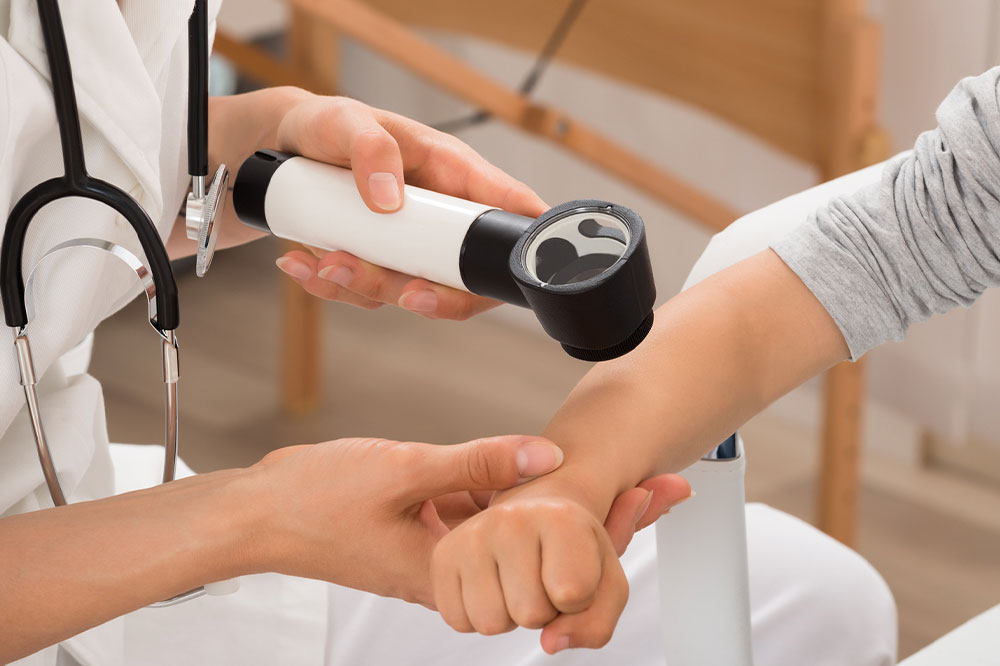Plaque psoriasis – Causes, signs, and management options

Plaque psoriasis is one of the most common types of skin disorders, affecting nearly 80% to 90% of adults diagnosed with psoriasis. A few hereditary and external factors can increase the risk of developing the condition. Here, one may experience itching, rashes, and scaly patches on their skin. With early detection and timely treatment, one can manage plaque psoriasis and its symptoms to an extent. Here is what one should know about the disorder:
Causes and risk factors
When the body’s immune system attacks its own healthy cells, it is known as an autoimmune response. Plaque psoriasis develops when this autoimmune response triggers inflammation and rapid growth of new skin cells. Further, the condition can be triggered by the following factors:
Genetics: If one or both parents have the mutated gene that causes psoriasis, then the child has a greater chance of developing the skin disorder.
External triggers: Common strep throat infections or skin infections can trigger a psoriasis infection. Also, exposure to extreme weather conditions like cold, dry climates increases the risk of the condition. Even sunburn, cuts, sores, or injuries that do not heal quickly increase the risk of plaque psoriasis.
Also, side effects of certain prescriptions can trigger the disease.
Signs
The skin disorder leads to a number of visible symptoms.
Rashes: Scaly rashes spread quickly from the localized region. The scales can often resemble a dandruff-infested scalp with flakes of skin peeling off. The color of these rashes varies from red to purple, often shades of pink or brown covered with a silver surface.
Itching: When dealing with plaque psoriasis, Inflammation under the skin causes discomfort, leading to itchy skin, sores, and a burning sensation upon contact.
Dry, raised patches: Dry, itchy, raised skin spots also develop on the elbows, scalp, knees, and lower back, varying in size and shape. The severity of the condition varies from person to person, so these symptoms can develop in one place or may spread quickly during a flare-up.
Treatment options
Dermatologists generally recommend prescription treatment and phototherapy for managing mild to moderate symptoms. Several systemic prescriptions also help suppress immune system responses that trigger flare-ups.
SOTYKTU™: This is a prescription option for treating moderate to severe plaque psoriasis. SOTYKTU™ helps actively blocks the inflammatory signals sent by an overactive immune system that can trigger conditions like psoriasis. The daily oral prescription lowers the risk of flare-ups.
SOTYKTU™ is an FDA-approved prescription that can be taken with or without food once a day or as indicated by a dermatologist, based on the intensity of flare-ups. Often this prescription is combined with phototherapy to manage and prevent symptoms of psoriasis. Through the prescriptions copay program, one can get SOTYKTU™ using their existing health insurance plan and save some money on the treatment. One can check if they are eligible to apply for the assistance program on the official website.




